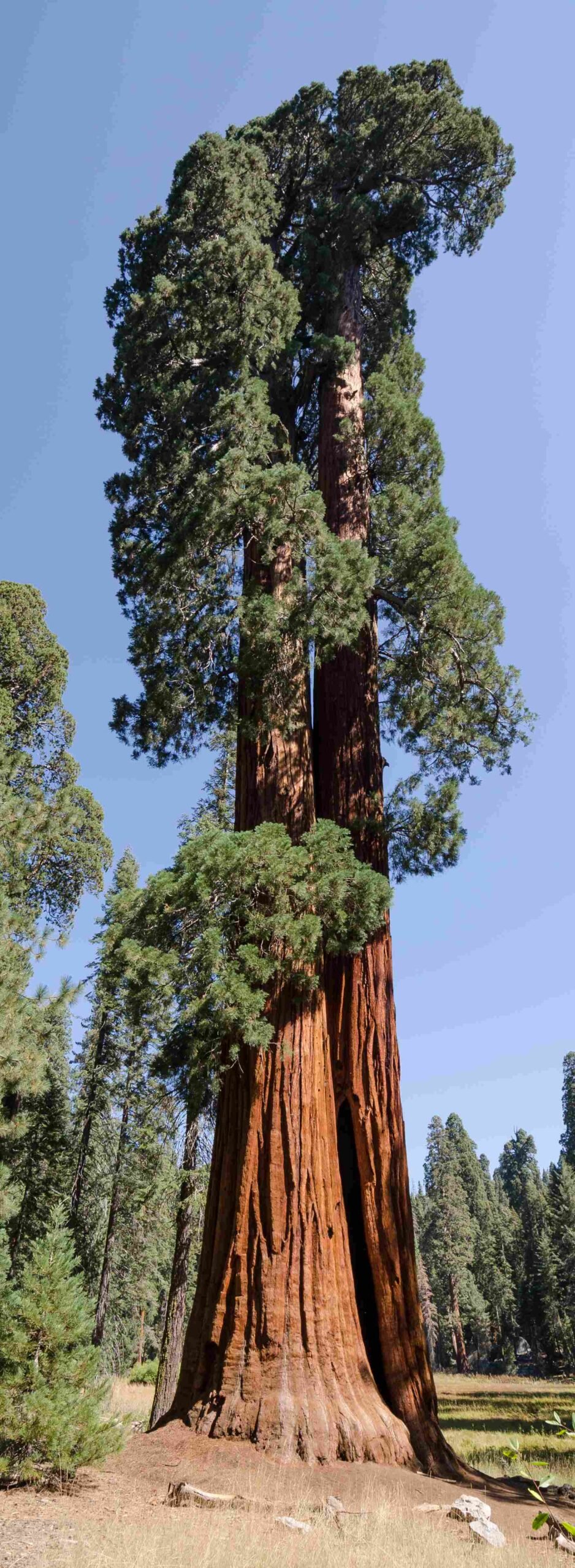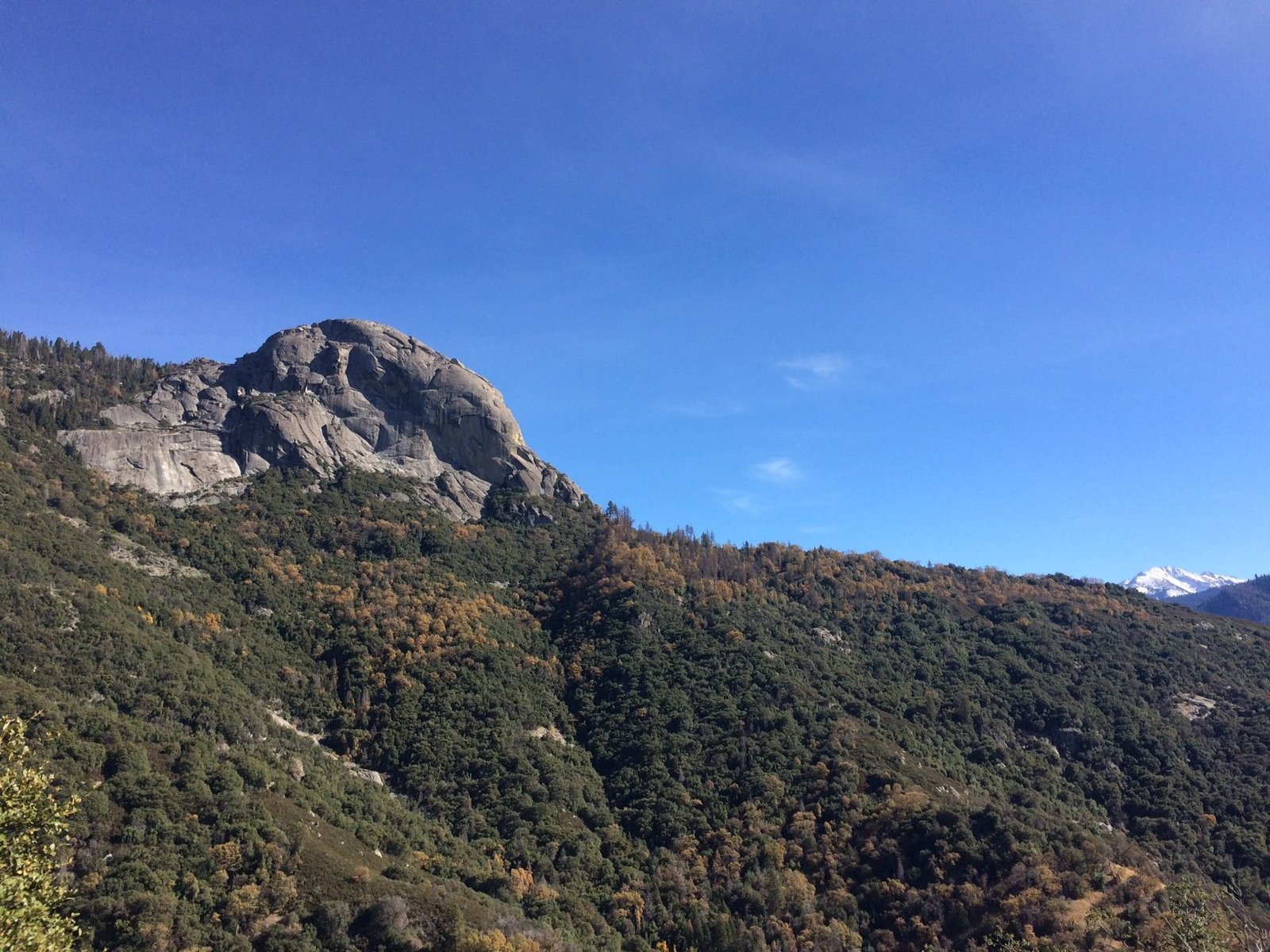Sequoia National Park search and rescue operations are critical for visitor safety in this vast wilderness. With over 1,085 search and rescue missions conducted between 2013 and 2020, the park’s emergency services face significant challenges. The mountainous terrain, dense forests, and unpredictable weather conditions make rescue operations complex and resource-intensive. This guide provides essential information on safety measures, emergency services, and recent case studies to help visitors stay safe and informed.
What Are the Key Statistics for Sequoia National Park Search and Rescue?

Sequoia National Park, along with its sister park Kings Canyon, has one of the highest rates of search and rescue incidents among U.S. national parks. Here are some crucial statistics:
- Over 1,085 search and rescue missions conducted between 2013 and 2020
- Main causes of incidents: falls, water-related accidents, and off-trail mishaps
- High success rate for rescue operations, though some cases remain unresolved
The park’s unique geography and climate contribute to these incidents:
- Mountainous terrain with steep cliffs and ravines
- Dense forests that can disorient hikers
- Rapidly changing weather conditions
- Numerous water bodies with strong currents
How Does the Park’s Emergency Services Operate?

Sequoia National Park’s emergency services are well-equipped to handle a variety of rescue scenarios. Here’s an overview of their operations:
Contact Information and Locations
- Main emergency contact: (559) 565-3341
- Ranger stations located at:
- Foothills Visitor Center
- Lodgepole Visitor Center
- Kings Canyon Visitor Center
Equipment and Resources
The park utilizes a range of advanced equipment for rescue operations:
| Equipment Type | Description |
|---|---|
| Helicopters | Provided by Lemoore Naval Air Station and California National Guard |
| Search Dogs | Trained for wilderness search and rescue |
| Infrared Units | Used for night searches and detecting heat signatures |
| Technical Gear | Specialized climbing and rescue equipment |
These resources allow for rapid response and effective rescue operations in challenging terrains.
What Safety Guidelines Should Hikers Follow?
To minimize the risk of requiring search and rescue services, hikers should adhere to the following guidelines:
Essential Gear
- Sturdy hiking boots
- Ample water and food supplies
- Map and compass
- First aid kit
- Layered clothing
- Headlamp or flashlight
- Personal locator beacon (PLB) or satellite phone for remote areas
Trail Safety
- Stay on established trails
- Be aware of changing weather conditions
- Exercise caution in areas with snow and ice
- Inform someone of your hiking plans and expected return time
Lost Hiker Protocols
If you find yourself lost:
1. Stay calm
2. Attempt to create a visible signal
3. Remain near a landmark or trail if possible
4. Use communication devices to call for help
5. If immobile, stay in one place and wait for rescue
What Recent Case Studies Highlight the Challenges of Search and Rescue?
Recent incidents in Sequoia National Park demonstrate the complexity of search and rescue operations:
Case Study 1: Lost Backcountry Hikers
Two hikers became separated from their group due to heavy snow and lack of proper navigation tools. The rescue operation involved:
– Multiple dog teams
– Helicopter searches
– Infrared technology
Outcome: Hikers were found in fair condition after an extensive search.
Case Study 2: High-Altitude Rock Injury
A hiker was stranded at 14,000 feet after being struck by a loose rock. The rescue required:
– Helicopter assistance
– A corpsman rappelling to reach the injured hiker
– Aerial evacuation to a hospital
These cases underscore the importance of proper preparation and the extensive resources required for rescue operations in Sequoia National Park.
How Can Visitors Contribute to Search and Rescue Prevention?
Visitors play a crucial role in preventing search and rescue incidents:
- Education: Learn about the park’s terrain and potential hazards before your visit.
- Preparation: Pack appropriate gear and supplies for your planned activities.
- Communication: Always inform someone of your itinerary and expected return time.
- Awareness: Stay alert to your surroundings and changing weather conditions.
- Respect: Follow park rules and guidelines, including staying on designated trails.
By taking these precautions, visitors can significantly reduce the likelihood of requiring search and rescue services and contribute to a safer park environment for everyone.
What Future Developments Are Expected in Sequoia National Park Search and Rescue?
As technology advances, Sequoia National Park’s search and rescue capabilities are likely to evolve:
- Drone Technology: Implementation of drones for faster and more efficient searches in remote areas.
- Improved GPS Tracking: Enhanced systems to locate lost hikers more accurately.
- Advanced Communication Systems: Better coverage and reliability in remote areas of the park.
- Predictive Analytics: Use of data to identify high-risk areas and times for potential incidents.
- Virtual Reality Training: Enhanced training for rescue personnel using VR simulations.
These advancements aim to improve response times and success rates while reducing risks for both visitors and rescue teams.
Sequoia National Park’s search and rescue operations are a testament to the park’s commitment to visitor safety. By understanding the challenges, following safety guidelines, and staying informed, visitors can enjoy the park’s majestic beauty while minimizing risks. Remember, the best rescue is the one that never needs to happen.
References:
1. The Travel – 7 National Parks With The Most Search & Rescues Every Year
2. Deseret News – What national parks see the most search and rescues?
3. NPS Incident Reports – Sequoia and Kings Canyon National Parks

